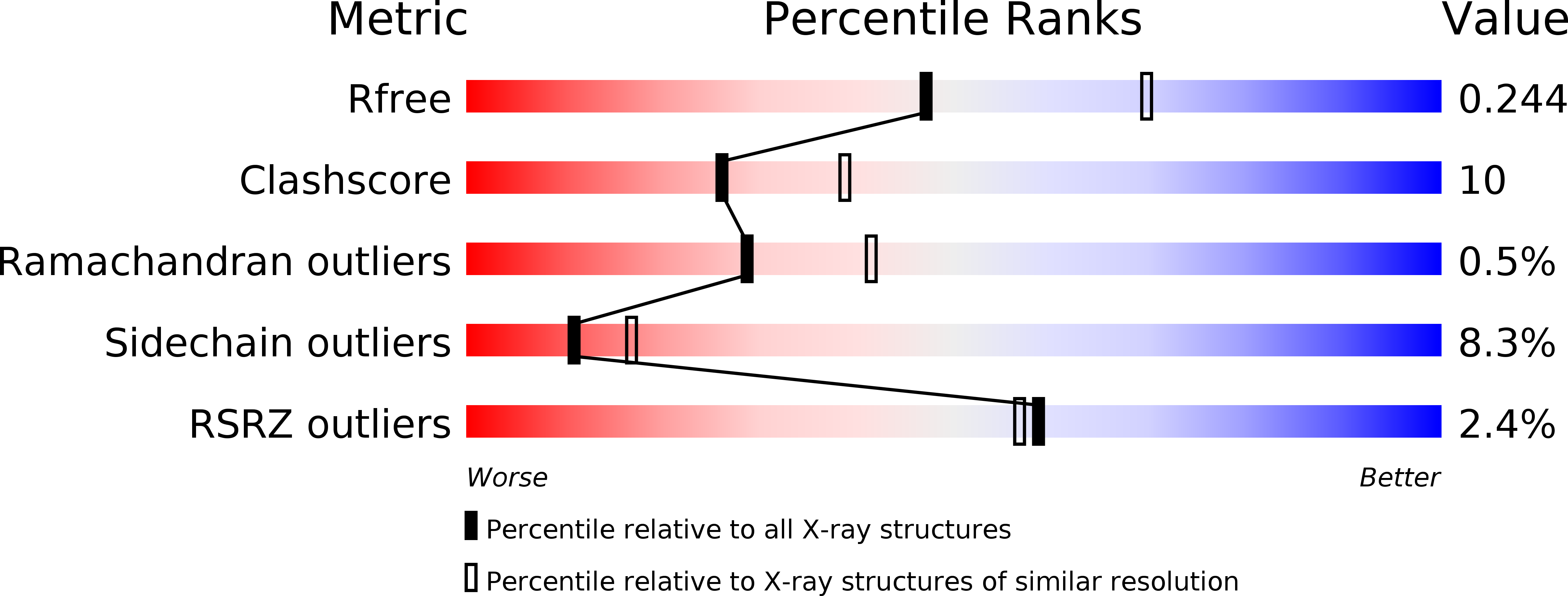
Deposition Date
2006-01-27
Release Date
2006-02-28
Last Version Date
2025-03-26
Entry Detail
PDB ID:
1VS0
Keywords:
Title:
Crystal Structure of the Ligase Domain from M. tuberculosis LigD at 2.4A
Biological Source:
Source Organism:
Mycobacterium tuberculosis (Taxon ID: 83332)
Host Organism:
Method Details:
Experimental Method:
Resolution:
2.40 Å
R-Value Free:
0.24
R-Value Work:
0.19
R-Value Observed:
0.19
Space Group:
P 32 2 1


